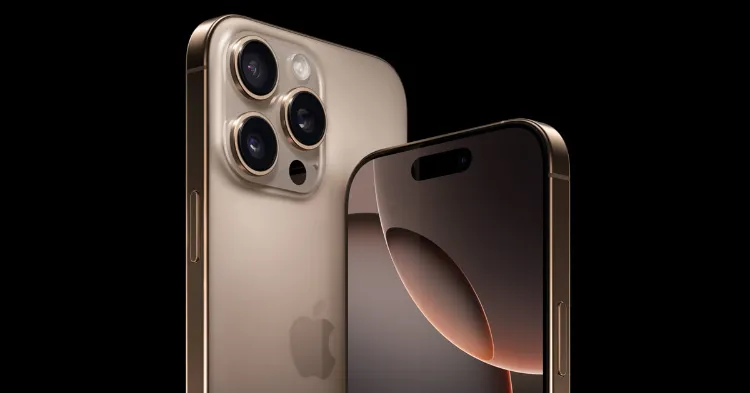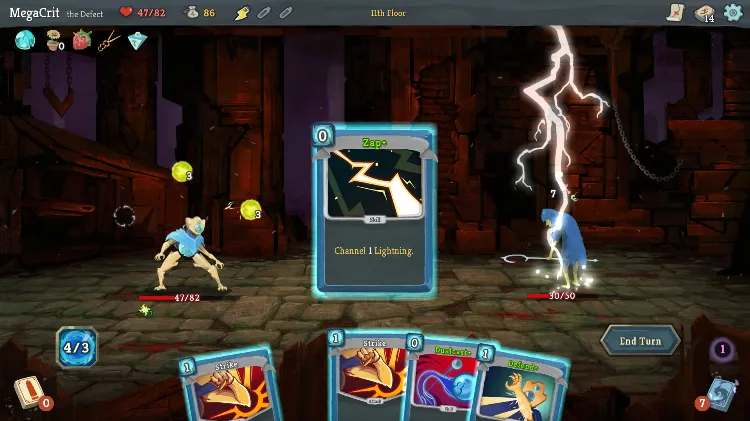
Mobile video games are one of the most overlooked types of games in the industry. I will explore this phenomenon and discuss why, in the current day, so many low-quality mobile games are being released and why the industry is failing within this ecosystem. I’ve played my fair share of mobile games and still do. I’ve also explored a lot of genres and given various types of games a chance.
Note: This is just my take and personal opinion from playing mobile games for over a decade. I am talking exclusively about mobile phone video games, not consoles like Steam Deck and Nintendo Switch.
However, I tend to fall back on only a few old-school ones. In this article, we will discuss mobile game monetization, development—or the lack thereof—and why the current state of the mobile gaming industry is so poor. I will give my honest opinion on this topic and hope to provide some valuable insight.
The Rise of Microtransactions

Photo Credits: Blizzard Entertainment
We are all very familiar with microtransactions with how much it’s pushed in this industry, but they have especially had a profoundly negative effect on mobile games. While PC games have had a mixed bag of different monetization strategies, it hasn’t really hurt them in the same way it has the mobile games. While PC games have their fair share of shady microtransactions, in the mobile gaming sphere, this is THE standard.
Games are designed from the ground up with the idea to cash grab and exploit these little microtransactions and just extract as much money as possible. The whole gameplay is revolved around this and not the other way around. For example, if you played something like Stellaris or Don’t Starve, you know there are a ton of DLCs that can be purchased. These are not really microtransactions, they’re rather an addition to the gameplay and a sort of an extension to the game. This is what make transactions should be, an extension to the game.
In contrast, in mobile gaming, the primary focus is on giving you a “free” game and then funneling you into paying them a lot of money or watching ads every minute or so. Of course, there are exceptions to this and they are still good quality games that can be paid for one time and played forever without any additional baggage. These games are however a few in between and they are usually just ported from the PC versions, more about this later.
Lack of Innovation: Recycled Ideas and Gameplay

Photo Credits: Subway Surfers
The first thing you will notice when it comes to mobile games is that there is just this overwhelming sense of lack of innovation. People are still showcasing games that are 10 years old like Temple Run or Subway Surfers. While these games do have their place, just the fact that we still haven’t moved past these types of games tells us everything we need to know about the current state of mobile video gaming. The problem is that everything is there for good video games with in-depth mechanics stories and high-quality experience, but there is just simply a lack of these types of games.
My Biggest Issue – The “Cozy” Phenomenon

Photo Credits: Team Alto
This is, by far, my biggest issue with the current state of mobile video games – the “coziness”. What do you mean by this? Well, there is a sort of underlying assumption when mobile video games are made that they need to be “cozy”, simple, and childish. When you actually visit the gaming store, you’ll see literally 9 out of 10 games that are like this. Everything is “micro”, “simple” or “pocket”.
This is very frustrating because on the one hand, I get it, a lot of people just want to play some simple games because it’s on a mobile phone, on the other hand, it’s really frustrating that this type of development hinders the high-quality, in-depth games that could exist and there is no reason they shouldn’t – the touchscreen is a great input device, the hardware is there, and the only thing that is stopping complex games from being made is the will of the developers – In my opinion, the market is there.
There is this sort of vibe that everyone wants to create the next Flappy Bird, with minimum investment in the depth of the game and overly relying on the fact that its simplicity will bring it success. This just creates a bunch of simple games that are not that interesting or fun to engage with, on top of that because these types of projects are not that high-quality, they don’t really charge for the game, and when they don’t charge for the game, you get a bunch of ads. So to summarise, you get a lot of underwhelming simple games with ads playing in between. Not all games are like this, but when you visit the store, you’ll see what I actually mean.
The “Developer Hell” in Mobile Gaming Industry

Photo Credits: Pexels
Above I said that there is this vacuum that is created by a lack of ideas and high-quality games, but why is that? Well, one of the reasons is actually that a lot of games that are being developed for mobile phones are from very small studios that really don’t have the resources knowledge, or manpower to create “the next big video game” for mobile.
A lot of these games are just…there. They have 2/5 star ratings, never really get their momentum, and are essentially made for the wrong reasons, either to just get some developer “clout” in the industry, to cash grab for a certain period of time, or just to experiment. Don’t get me wrong, there is still some mobile video games that are made with passion, but it’s still very underwhelming when you look at the whole picture.
Is Hardware The Problem?

Photo Credits: Apple
We mentioned hardware a bit earlier, but let’s dive a little deeper into this topic. We can safely say that hardware when it comes to mobile video games, is not the issue. You can get an Android phone for 400$ or any new-ish iPhone and you should be able to run practically any game on Google Play/App Store. Furthermore, mobile phone companies even market their phones this way with features like ray-tracing, no overheating, fps stability, and overall optimized performance.
I can personally play most if not all the games on my 5-year-old iPhone 11, so the technology (performance) has been here for a long time (5+ years). Well, at least that’s a long time in the gaming industry. Anyway, my point is that when it comes to hardware, there is absolutely no reason for the developers to force these watered-down “simple”, “pocket edition” games anymore. They should take the same serious approach when it comes to mobile games just like with PC, there is no reason not to. Again, some of the developers do this, but the vast majority of games are still going for that “simple” formula.
Why Are Ported PC Games Still The Best?

Photo Credits: Mega Crit
There is an interesting somewhat not surprising phenomenon when it comes to mobile video games, it is that most of the good games that are on mobile are actually primarily PC games that are ported to mobile. This is another testament to how much the gaming industry is just not “paying attention” to mobile phones. Games like Hearthstone, Dead Cells, Monster Train, Slay the Spire, Minecraft, Don’t Starve Together and Terraria are probably some of the best games on mobile phones, and none of those games are really optimized or made for mobile phones.
So there is this problem of nobody wanting to make serious “mobile first” games, rather most of the quality video games are just PC ports, which is suboptimal. I’m not really against PC ports or anything, they are good and it’s amazing that we can have these games on both devices, but the problem still remains – when someone wants to make a serious game, they make it for PC and consoles, and when someone wants to make a simple, shallow game, they immediately think of mobile phones. This kind of approach has been going on for years and I hope we see some shift in the future.
What is The Future of Mobile Gaming?
I’ve covered most of the things that I think make the current state of mobile video games underwhelming right now but I hope to see some positive changes in the future. The heart is getting more and more powerful with chips like Snapdragon Gen 3/4 and A18/A18 Pro that can sustain a substantially high level of performance. Some developers are already starting to make strides in this direction like the Resident Evil series and Assassin’s Creed: Mirage. But these games seem to be more like a marketing showcase rather than a dedicated effort to making a full shift. Regardless, while there is much room for improvement, we still have a lot of games to play on mobile phones, even though the industry is in a weird place at the current moment and I hope for some changes in the future.
